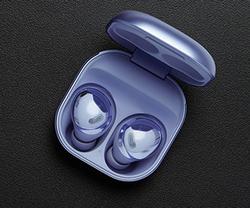Samsung Galaxy Buds Pro vs Huawei FeeBuds Pro. Comparison of the best TWS earbuds of the year
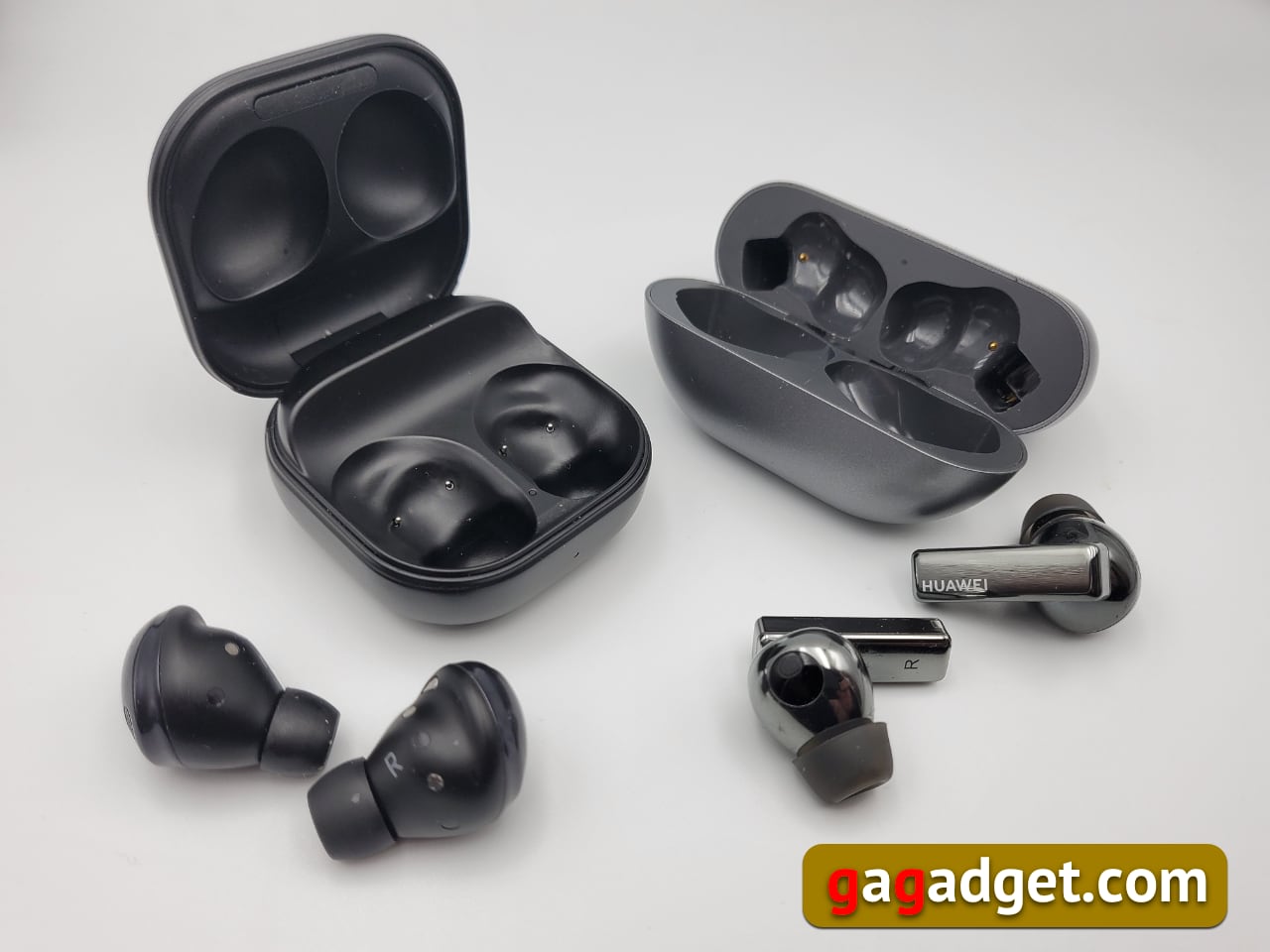
I have been using these two flagship models of TWS headphones from Samsung and Huawei on a daily basis for several months now, and I am ready to say that in both cases it is a great buy and advanced level of technology. With about the same price, it's hard to pick a clear leader.
Author's Choice  |
Samsung Galaxy Buds Pro
|
Check Price |
Runner-up 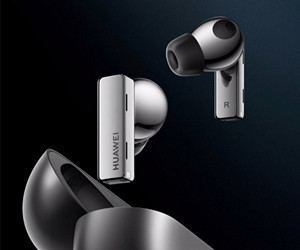 |
Huawei Freebuds Pro
|
Check Price |
I probably liked the Samsung headphones better in terms of sound and usability. But the Huawei headphones have support for simultaneous connection to two different devices. Buds Pro can only work simultaneously with Samsung smartphones and tablets, and I listen to music while working on my laptop and don't want to miss calls.
But Samsung's TWS headphones have an incredibly working background sound mode that amplifies ambient sounds and mutes the volume of the music. And it also automatically activates if you talk (you don't even have to remove one earpiece) and also automatically reverts back to noise-canceling mode 5 seconds after you're done talking. And Huawei's headphones are captivating with a feature that helps you choose the best-sized rubber earpads and choose the right fit in your ears.
TL;DR:
- Galaxy Buds Pro will be an excellent choice for Samsung smartphone owners (only they will be able to appreciate the 360 Audio function and the more advanced Scalable codec). But it is advisable to try the headphones on before purchase.
- Huawei FreeBuds Pro are attractive with the ability to connect to a phone and a laptop at the same time. They are also more manageable. You may need to install the HMS Core and AI Life apps, depending on the smartphone brand.
Pros:
- Automatically switch to transparent mode when you speak
- Dual drivers for superior sound quality
- Surround sound technology with head tracking
Cons:
- Some features are exclusive for Galaxy devices
- Some users with small ears may feel them as bulky
Pros:
- Simultaneous connection with two devices
- Comprehensive on-ear controls
- Ear tip fit test for a better seal
Cons:
- Need to download two apps for non-Huawei devices
- Hard to remove from the case
Why Samsung Galaxy Buds Pro or Huawei FeeBuds Pro?
Of course, there are many more good TWS headphones than just two models. Take the AirPods Pro, for example. But Apple's headphones have never been the benchmark for sound, although the company has well-developed marketing. Thus, the main battle for the minds of consumers will be between these two models: Samsung Galaxy Buds Pro and Huawei FreeBuds Pro.
No, of course, there are good models from Sony (WF-1000XM3, for example, deserves attention - you can read more about them in our review), and also audiophile models from Bose, Bang & Olufsen or Sennheiser. But in the overwhelming majority customers will focus on the brands that are always in sight and hearing.
There are worthy models that are cheaper - Huawei FreeBuds 4i are equipped with noise cancellation and cost half as much (we, by the way, have their review, I highly recommend it).
Design: what affects usability
In both cases we are talking about vacuum in-ear headphones - this option provides the best noise cancellation. In the last flagship model FeeBuds 3 headphones Huawei used the variant of in-ear headphones and therefore they could sound even weaker than the budget FreeBuds 3i (which won the award "gadget of the year" in 2020). The design of the headphones themselves is different (which is good for the buyer, he has a choice). Huawei makes headphones with legs (the design laid down by the still popular Apple AirPods), while Samsung switched to a more compact version since the first TWS-headphones (Here One was one of the first). Of course, it is more convenient to hold them by their feet, besides, the extra volume is easier to use in the current miniaturization of electronics, especially evident in TWS-headphones.
The design defines and control. The Samsung headphones are controlled by tapping on the touchpad. Huawei offers a greater range of control gestures, from grasping with and without holding to moving along the surface of the foot to decrease or increase volume.
But my experience is that the Huawei headphones (the Buds Pro doesn't have this problem) are extremely awkward to remove from the case due to the small gap in the hinged lid. The finger cannot physically move vertically upwards - it clings to the notch in the lid. Given the polished surface of the headphone case, getting them out is inconvenient - they keep slipping off. Over and over again. This is annoying, and annoyance is not the emotion the developers want to evoke in consumers with their product.
Both models support wireless charging, as top headphones should in 2021. The induction charging coils in both cases are placed at the bottom of the cases, but Huawei's design of the charging case is such that it is rather the back wall than the bottom. And the logo is placed on it, which does not look very logical - during charging, the Samsung user sees the manufacturer's logo. And Huawei designers made it as if they were ashamed to show off their brand.
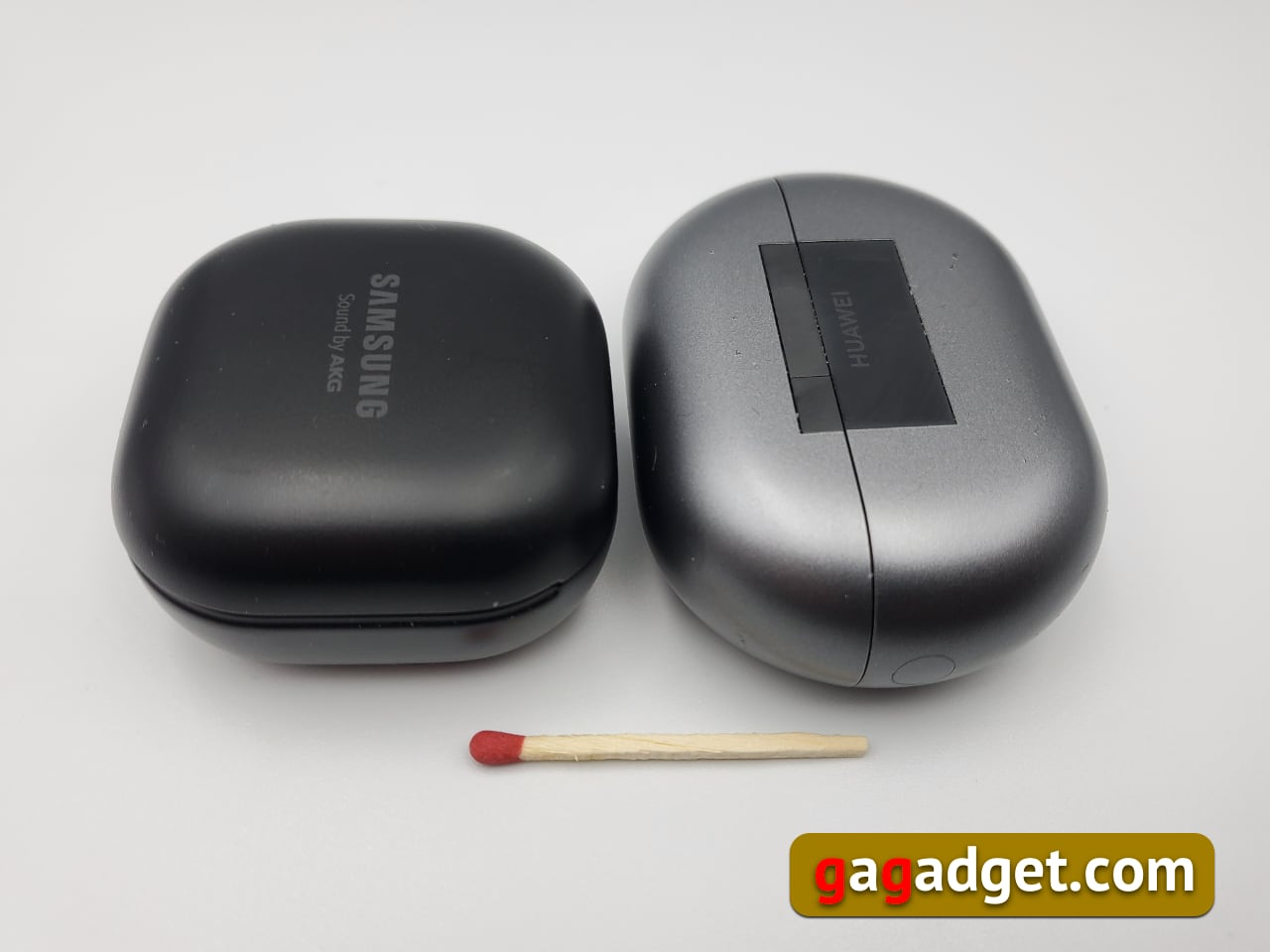
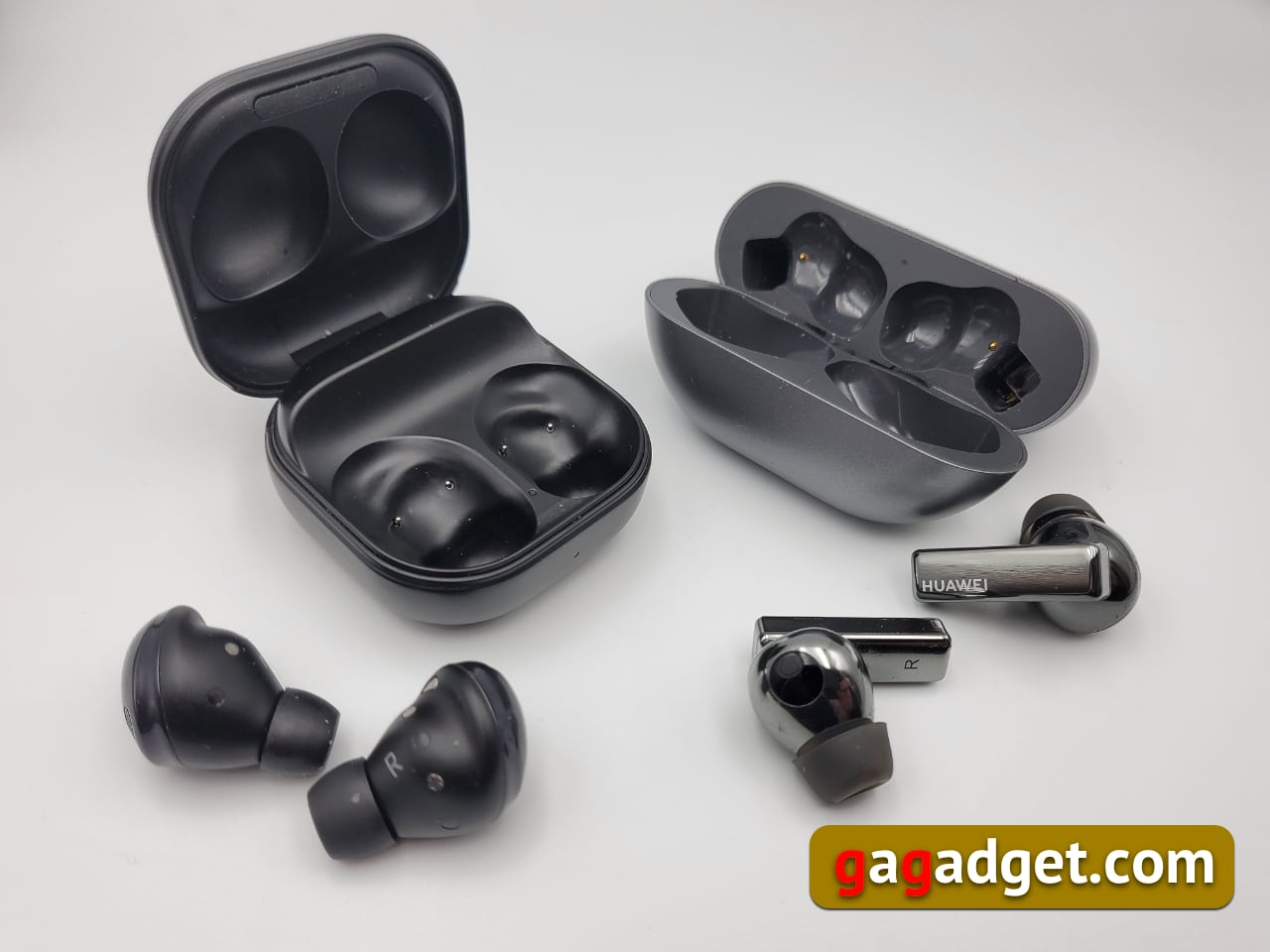


Headphones appearance
Looking at the flagship TWS headphones, I can't get used to the amount of electronics and technical solutions that are packed into such small bodies today.
Samsung headphones are smaller in size, but they have two charging contacts (the metal circles on the right side of the headphone in the picture), a proximity sensor between them (it allows you to determine that the headphone is removed from the ear and pause the music). There are also three microphones, a bone conductivity sensor, two drivers (an 11mm woofer and a 6.5mm tweeter), and three vents - two of which use microphones, and one (on the inside of the earpiece) to reduce occlusion, that is, distortion of your own voice by the tightly overlapping ear canal. There is also a processor and a battery inside the earpiece, not to mention other associated electronics.
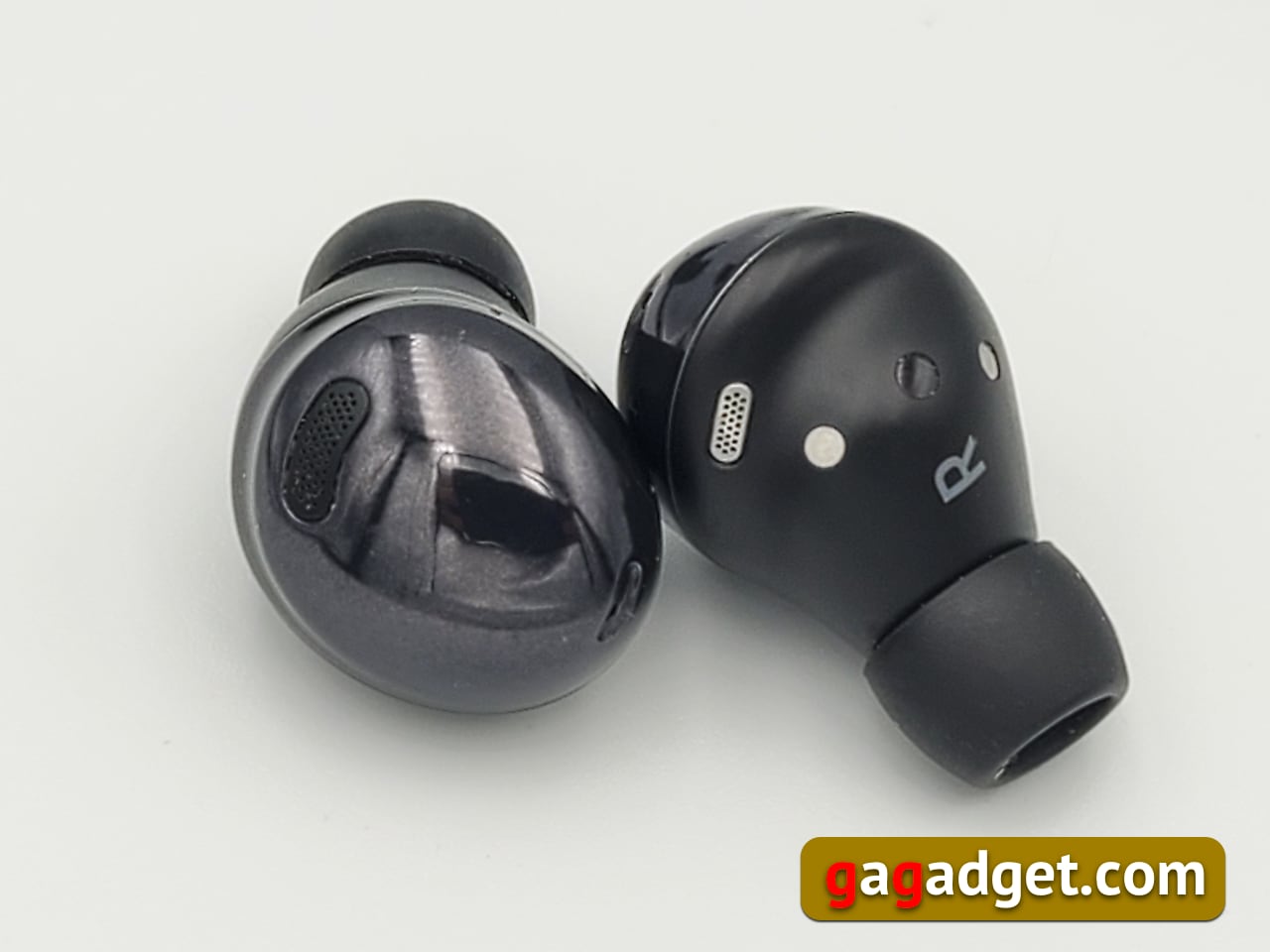
Huawei have all the same elements: three microphones (one of them is located in front of the earphone), a bone conduction sensor, a proximity sensor (dark circle on the left earphone). The main part of the electronics, including the Kirin A1 processor, designed specifically for miniature wearable devices, and the battery, are housed in the leg. There are two pairs of ventilation openings on the headphone leg, which are the entrance for noise-canceling tubes that eliminate wind noise. Headphones are inserted vertically into the charging case, so the charging contacts are located at the bottom ends of the legs.
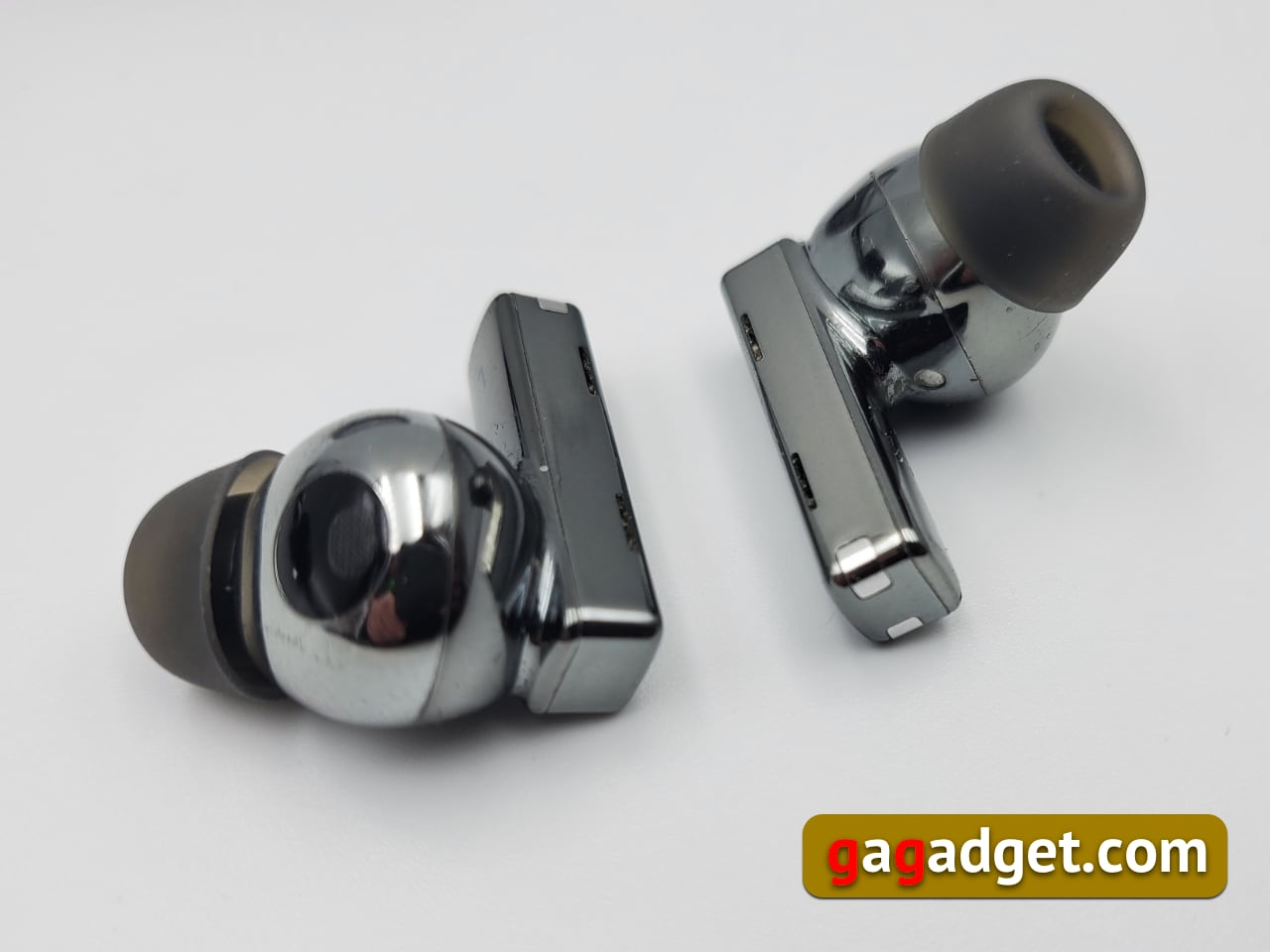
What's inside Samsung Galaxy Buds Pro?
Samsung's website has illustrations giving a glimpse into the rich inner world of the Galaxy Buds Pro. To counteract wind noise, in addition to the microphone grid, a special air chamber is used (you can even see how it works in the video below). This allows to cut off the wind noise, which greatly complicates conversation on the phone. The second microphone is a microphone array of 2 elements that provide narrow-beam microphone operation (Beamforming technology, you can also see this in the video).
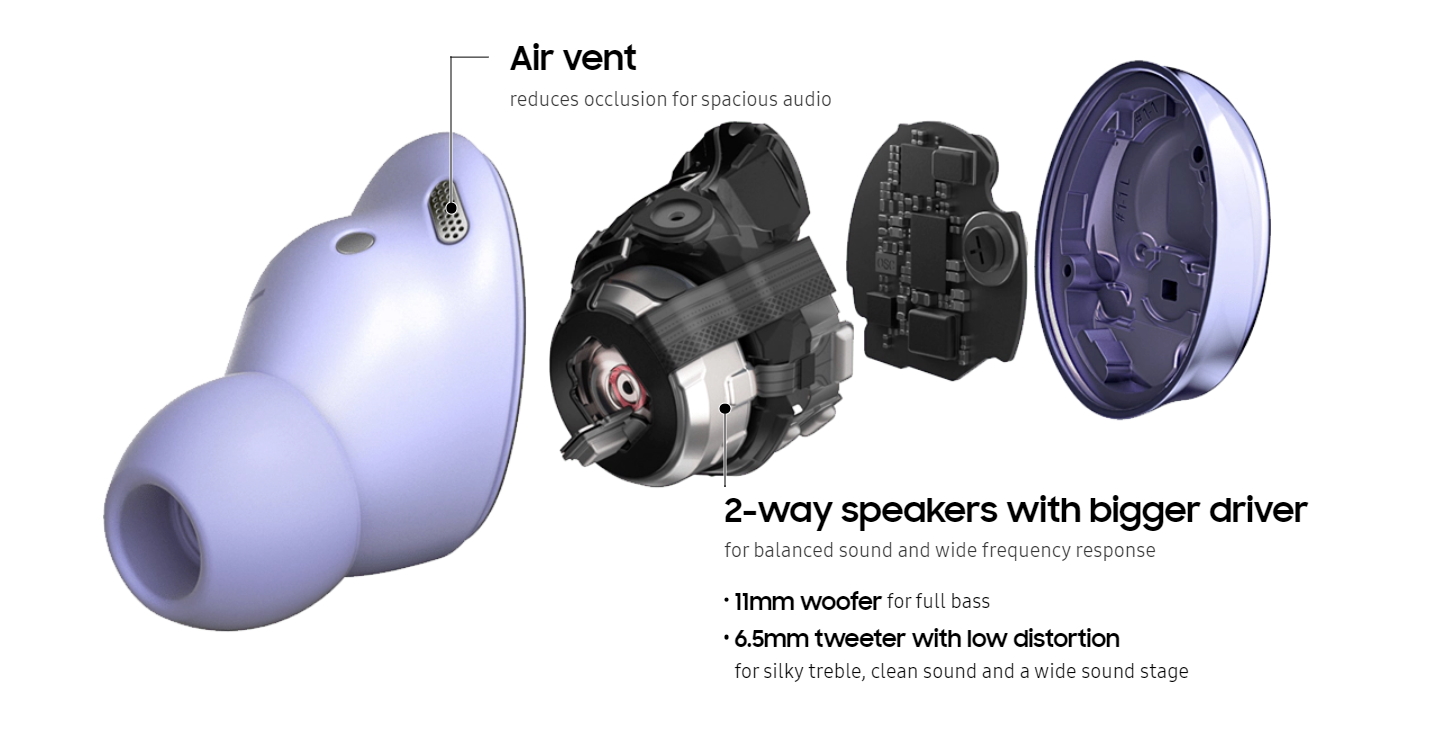
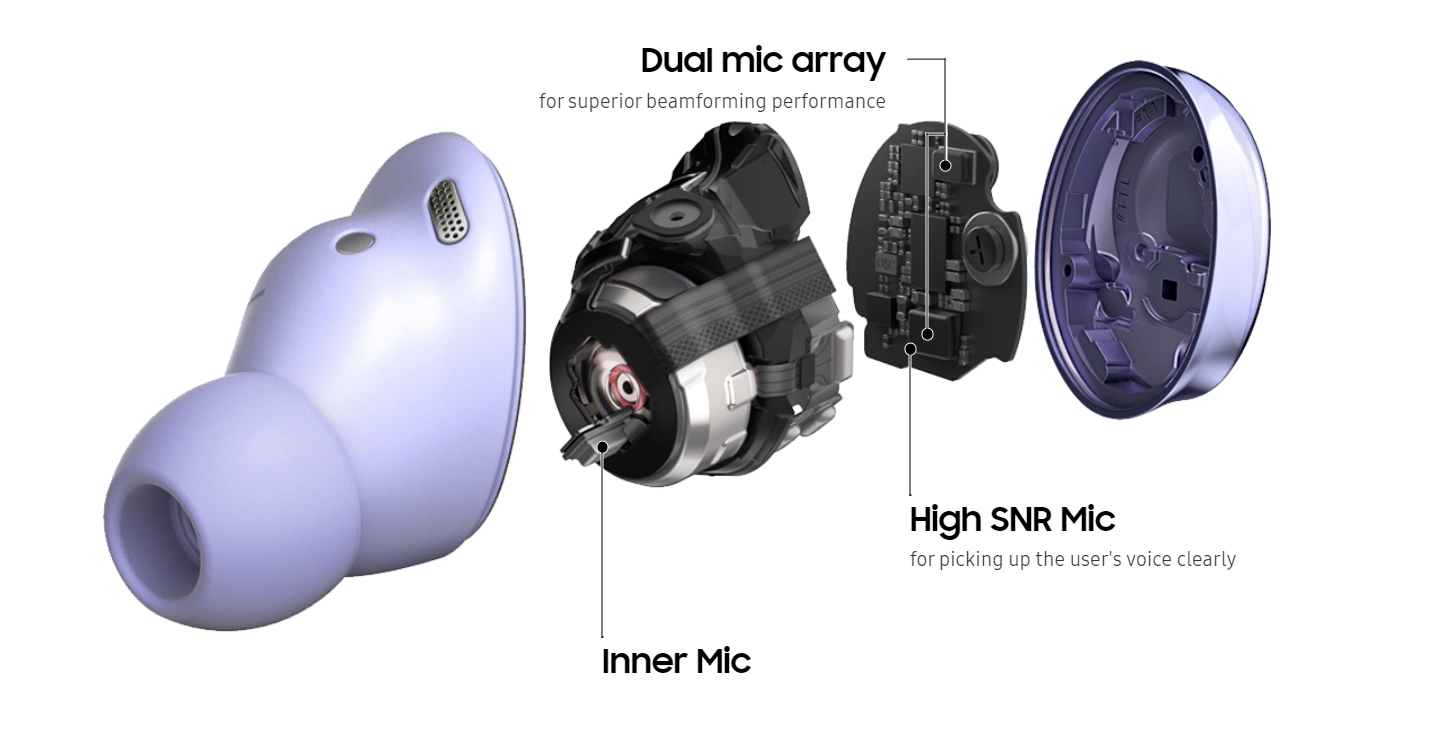
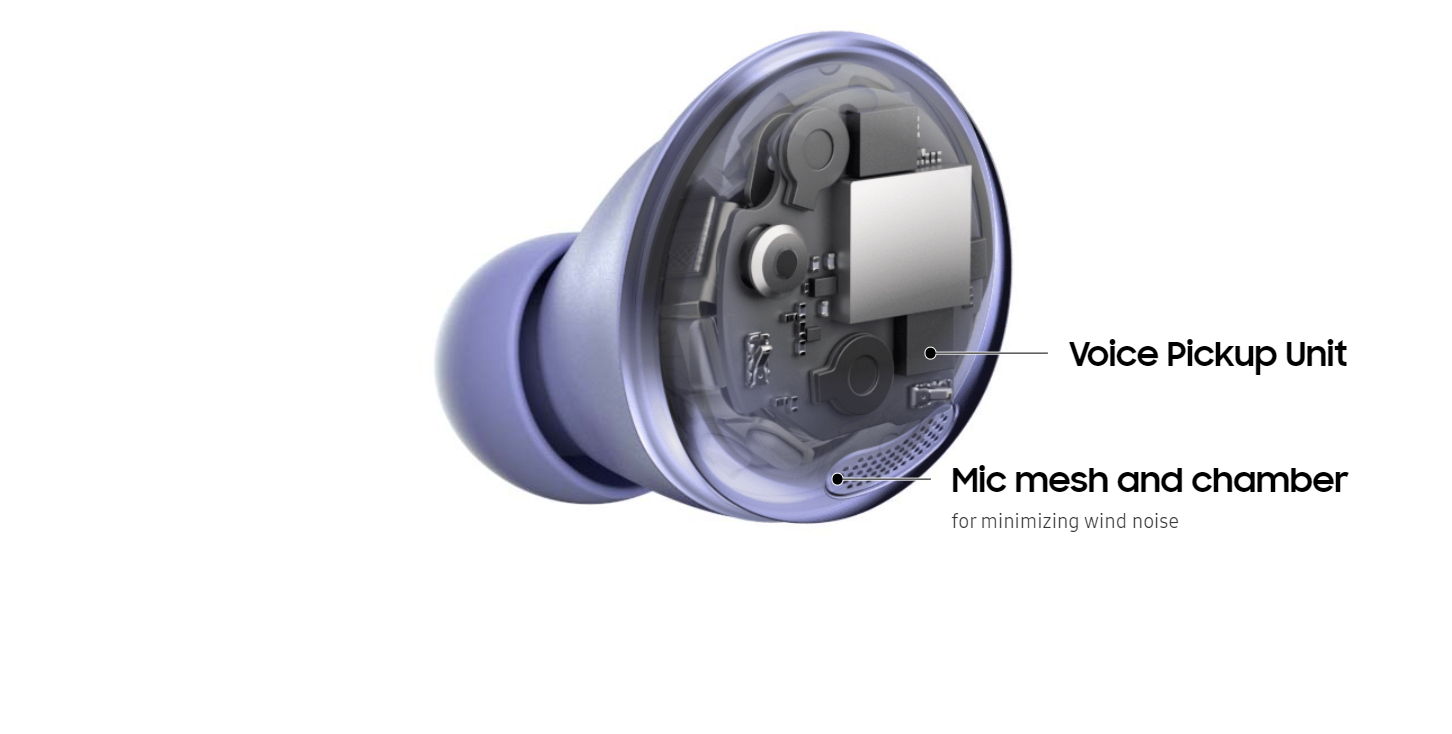

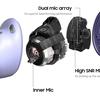
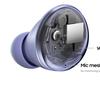
This Samsung demo allows you to better understand how technology works in the Galaxy Buds Pro. At 3:35 you can see how the directional microphone with Beamforming technology works, at 3:57 you can see how the wind protection system works.
What's inside Huawei FeeBuds Pro?
Another set of illustrations from Huawei's website allows you to get a better look at the insides of the headphones. A double Bluetooth antenna should also be mentioned. It increases the reliability of the connection (and it really is - you can feel the difference if you move away from the smartphone to another room, so that the signal overcomes not only a distance of several meters, but also walls).
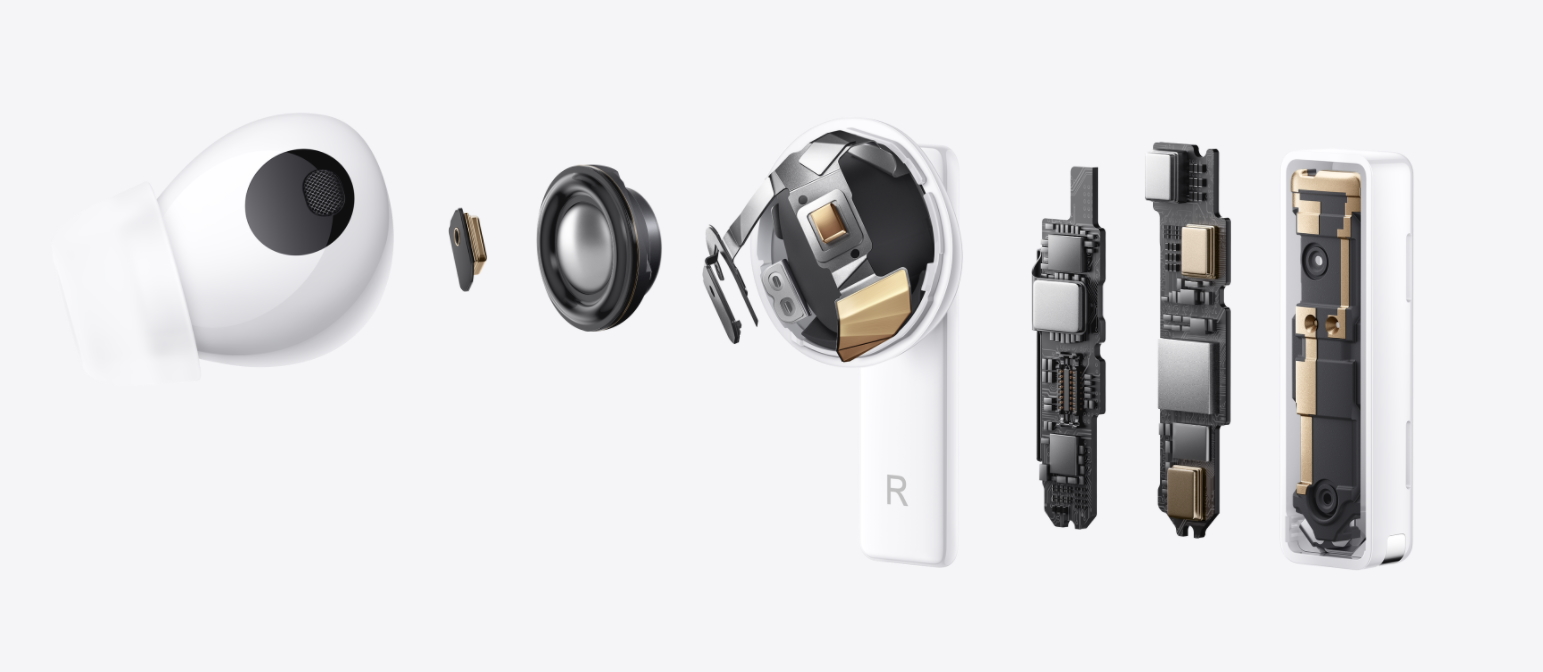

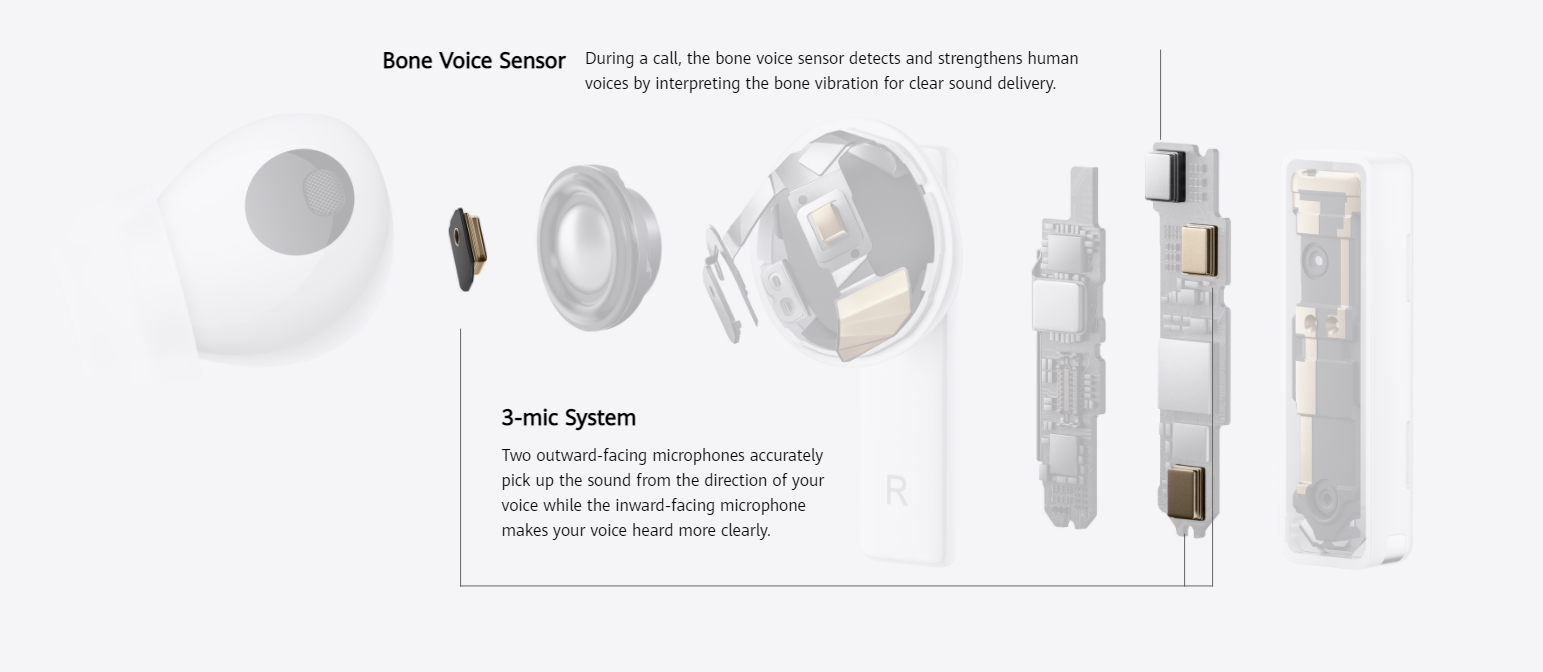
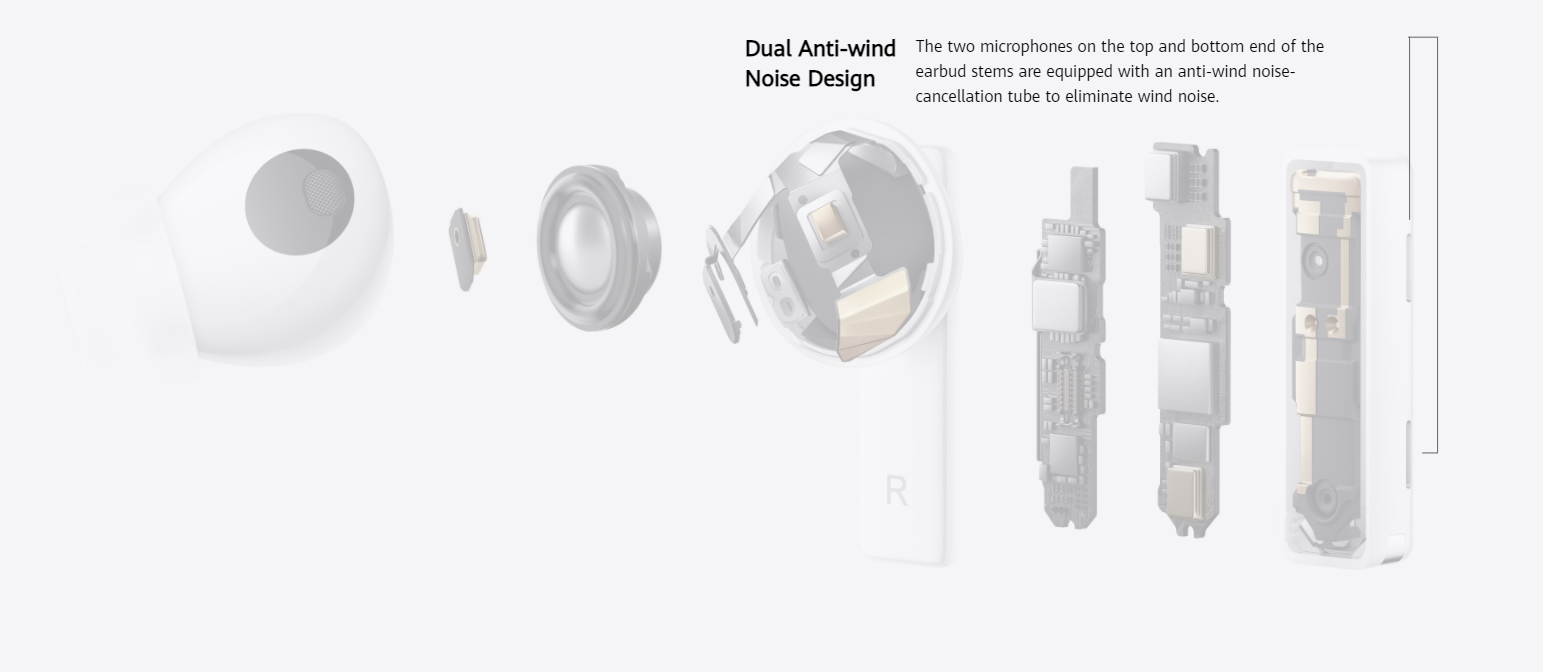
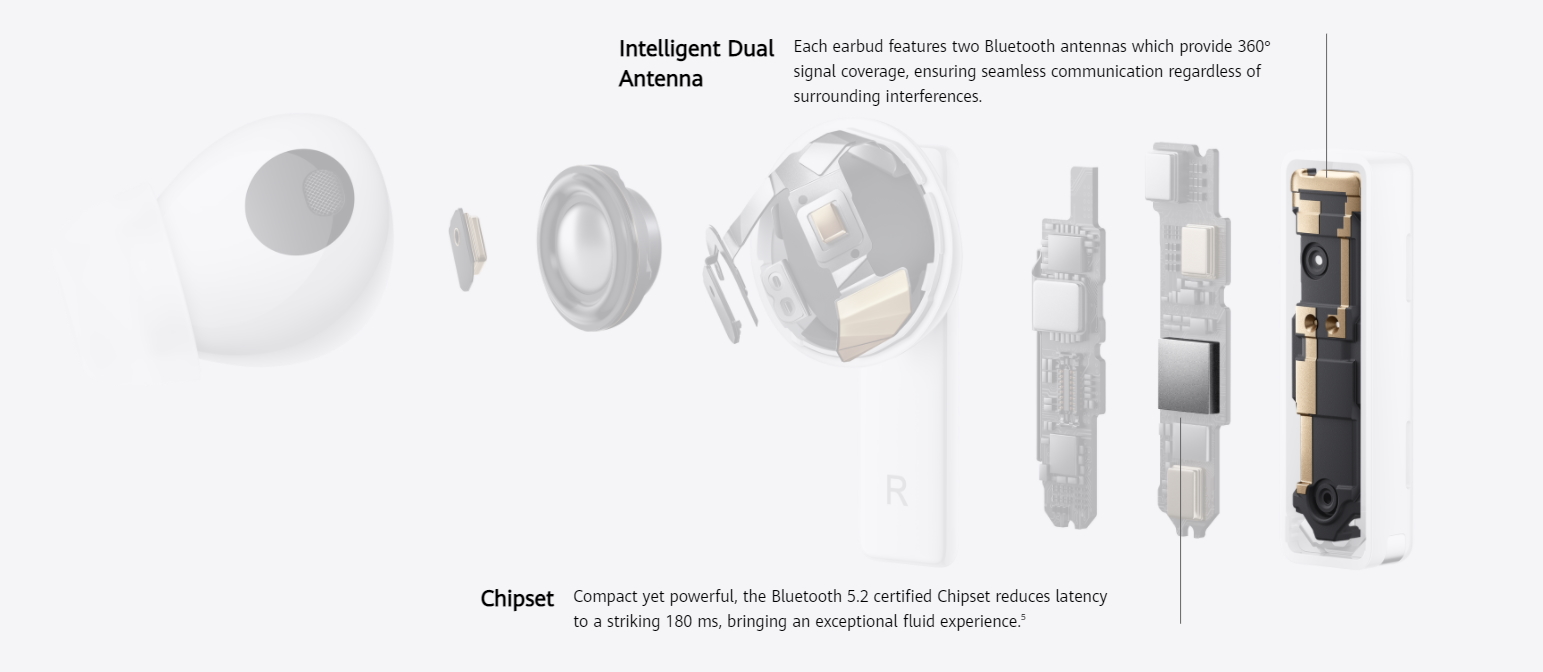
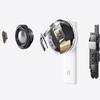
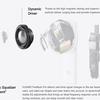
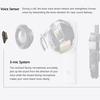

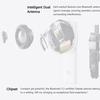
What makes Samsung Galaxy Buds Pro and Huawei FeeBuds Pro smart
To work with the headphones, you need a mobile app. Of course, you can pair the headphones to any smartphone or laptop without the app. The first time you turn the headphones on, they automatically go into pairing mode. But if you need to connect them to the second device (for example, a laptop), then you need to put them in this mode by force. Huawei headphones have a separate button on the case for this purpose. With Buds Pro, it is necessary to simultaneously press the touch surfaces of both headphones. But then the control will be limited to the basic functions: adjusting sound volume and turning noise reduction on/off. In both cases, you will need a Samsung or Huawei account - the manufacturers want to tie users to their ecosystem, there is nothing you can do about it. On the one hand, all these additional authorizations are constantly annoying, but on the other hand, there are always additional benefits within the ecosystem. For example, users of "native" smartphones get access to two additional functions: a window that pops up when you open the case with a proposal to connect the headphones to the smartphone, and the ability to search for a lost device on the map. The usefulness in both cases is debatable. For example, I honestly don't see how the information that I lost my headphones on the other side of town can help me - there is no way to get them back. If they were left in the office, at a friend's or relative's house, you can get them back without the app. The pop-up window is also a manifestation of excessive care for the user, because the headphones themselves will connect to the device with which they were last paired (and most likely it will be a smartphone).
Samsung Wearable
Samsung's app is called Samsung Wearable and is the base app for all of the manufacturer's wearable electronics. To connect Buds Pro, you will need to install a plug-in, but you don't need to look for it, just confirm the installation after the app detects the headphones during pairing. The application allows you to select one of the two options for the noise cancelling algorithms (high-low), one of the four levels of background noise mode (it just works great, it's not the first time I encountered such a mode in headphones, but I've never heard outside sounds and especially my voice so clearly in headphones.
And one of the six EQ profiles. You can block accidental touches on the headphones (they won't pause the music, but you can't control the operation of the headphones with your touch until you disable this lock). A feature I really liked was voice detection, it allows you to automatically go into background noise mode when you hear your voice, and then bring everything back after 5 seconds of talking. I have a suspicion that the bone conduction sensor, which detects by vibration that I started the conversation, plays a role in this process. And reading the notifications aloud is a thing that has proven useless to me (well, or I get messages that the automation reads in a way that makes me either laugh or misunderstand, or both at the same time). But maybe you'll have a different experience from mine.
We won't talk about Bixby, but the Audio 360 feature made a lasting impression on me while watching a movie on the streaming service with its immersive experience. It was just unbelievably cool! But not every movie or TV series has this effect, but the fact that you can feel it in such tiny headphones makes a deep impression by itself. In the latest version of the application there is a Labs section with experimental features.
Game mode - here everything is simple: in the first place there is a latency reduction, even to the detriment of sound quality. For games this is really reasonable. The experimental feature allows you to control the volume with double taps: the left earpiece to decrease the volume and the right earpiece to increase it. It is also possible to separately set the functionality of each earphone when tapping and holding. The menu functionality has slightly changed after the updates, now you can run Bixby (thanks, no need), increase or decrease the volume (convenient, although I just set the volume to maximum and do not change anything else - why, if the headphones themselves mute as soon as I speak), start Spotify or switch noise cancellation modes in one of three ways (for anyone interested - on the 3 block of screenshots).
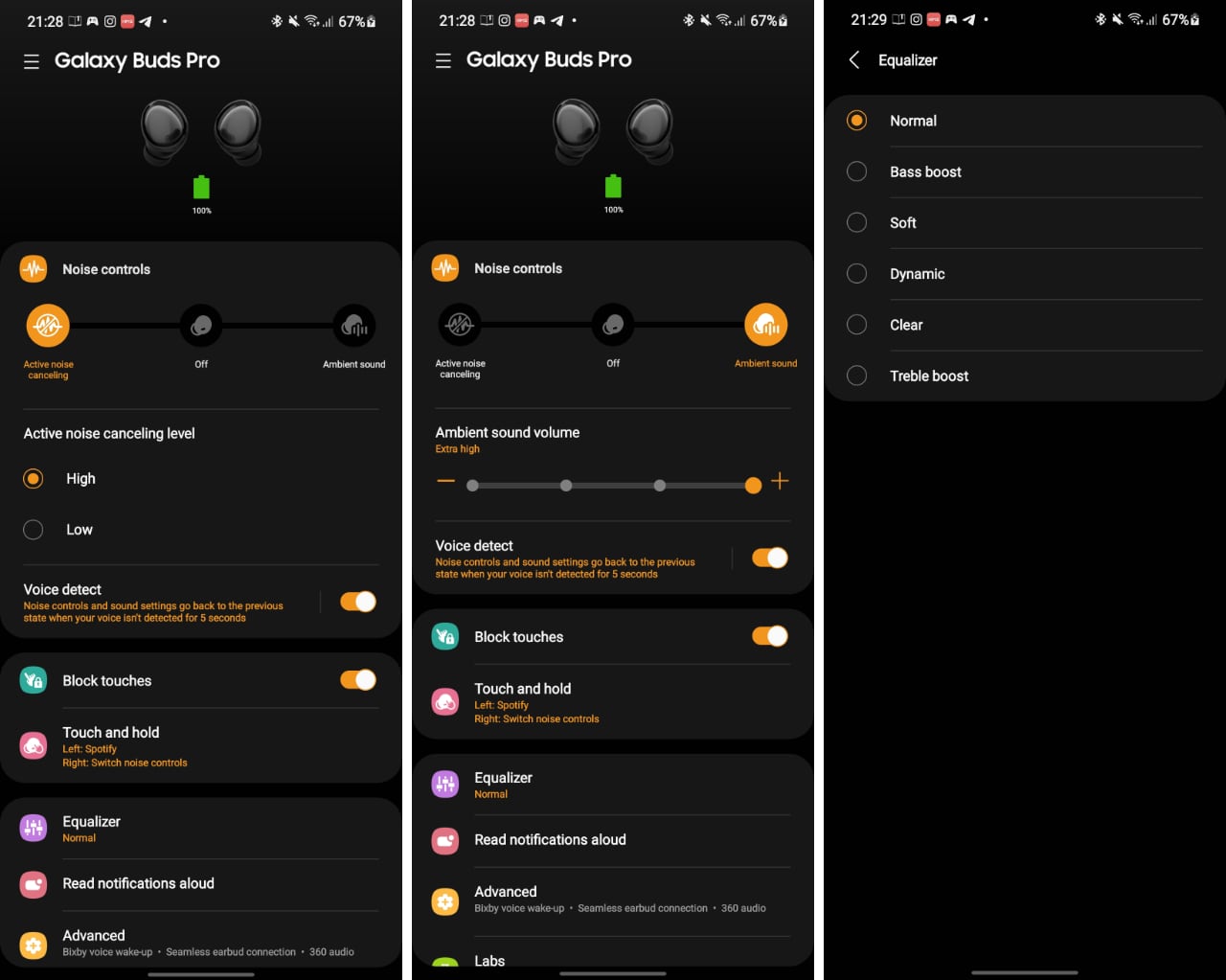
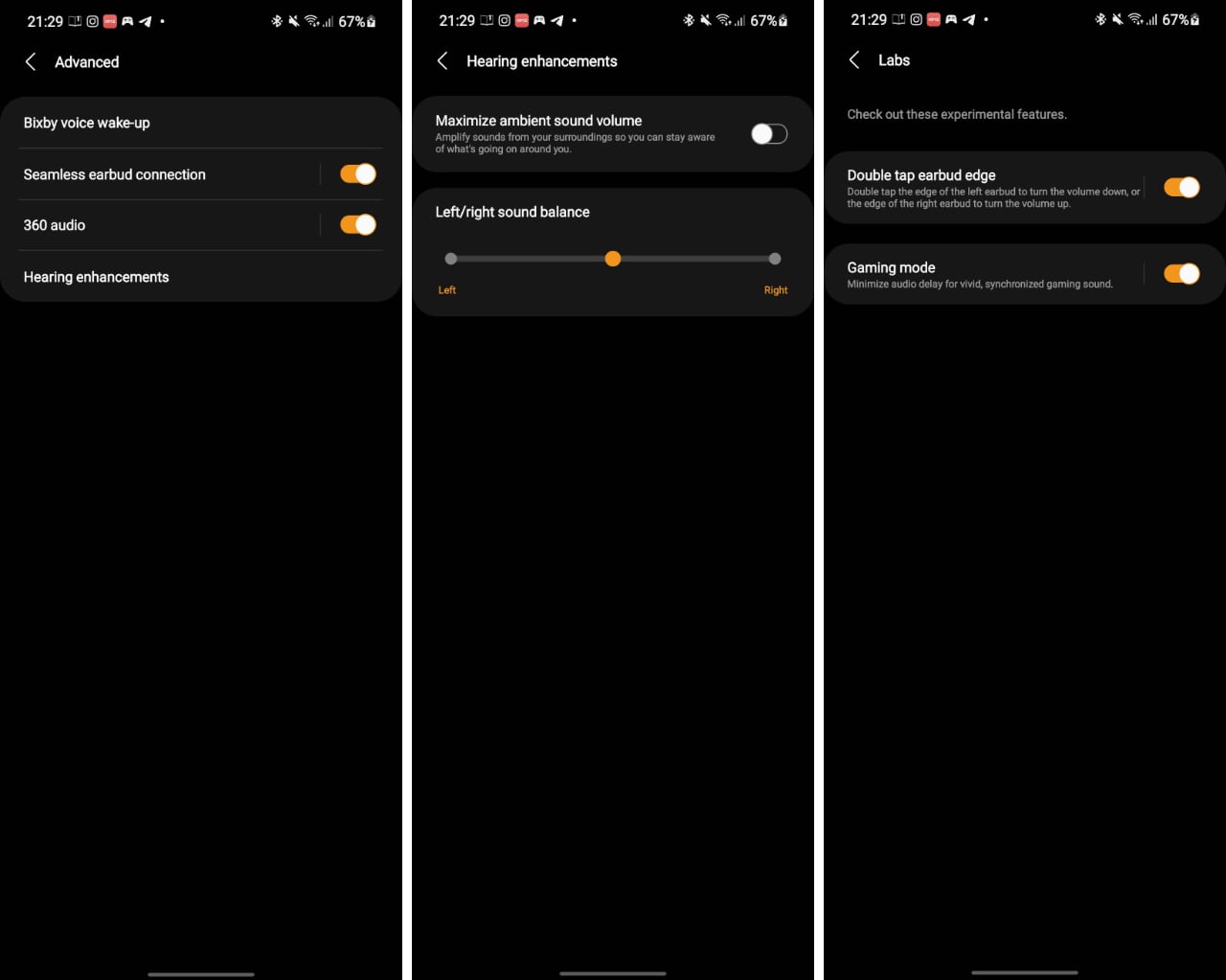




Huawei AI Life
Taking into account the well-known situation around Huawei, it is a bit more complicated to install the application for FreeBuds Pro. If your smartphone is not Huawei, you have to start by first installing HMS (Huawei service package, which replaces the corresponding services of Google) and App Gallery application store. And then you will have to search for and install the application with the immodest name AI Life. All of this, of course, does not negate the need to have (or create) a Huawei account. But, by the way, unlike Samsung, you can link it to Twitter or Facebook and then log in through them, if you, like me, are annoyed by the need to remember another password to another account, which, in fact, is not necessary for you, but for another company.
After adding headphones to AI Life (the procedure is similar to Buds Pro, but a separate plug-in is not needed if you control the entire service package), you can proceed to the settings. There are not so many of them as in Samsung: four options for the jamming mode (instead of two). The default is dynamic and I left it that way - everything works as it should. Separately, you can adjust the voice amplification - I didn't notice much of a difference, but it won't get any worse. And what FreeBuds have more than Buds Pro is its gesture control capabilities. Therefore, a separate menu section is allocated for them (the second block of screenshots). There are three types of gestures: squeezing (in practice, this is very convenient and you do not need to think about whether you have hit the desired touch area of the headphone), squeezing and holding, as well as holding (up and down, only works for volume control). Squeezes, like touches, are of three types: single, double, and triple. What this can lead to, you can see in the screenshots, everything is quite intuitive and understandable there.
Another menu item that impresses with its functionality and caring for users - the test of the earphones in the ears. And each of them separately. You need it for two things: for proper selection of ear cushions of the right size (the fit very much depends on the quality of noise cancellation) and for a proper fit (also affects both the sound and noise cancellation). During the test, the headphones play a music track that the internal microphone is listening to and comparing its signature with the reference track. If the deviations are large, the test result suggests changing the ear cushions or the fit of the headphones in the ears. In addition to selecting the correct cushion size, this test has the important function of teaching the user the proper fit of the headphones to achieve the best sound.
What else I liked a lot: support for simultaneous connection with a smartphone and laptop. Yes, when connected to the laptop the connection to the AI Life app is lost, but during an incoming call the smartphone intercepts the control of the headphones. Galaxy Buds Pro can't do that - they keep simultaneous connection only to the device with the Samsung Wearable app, i.e. a smartphone and a tablet (or two smartphones).

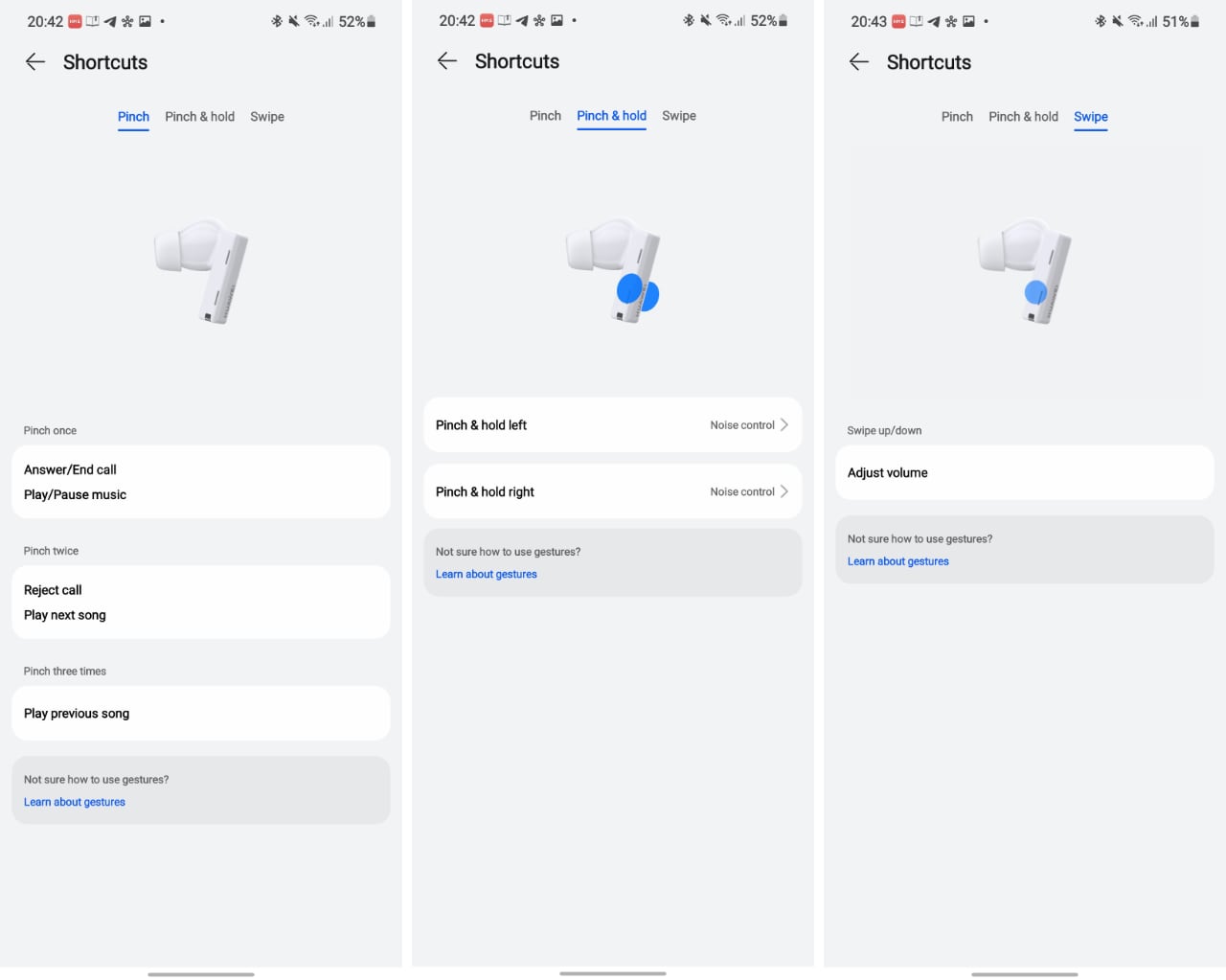




Battery life and charging
I am usually very skeptical about mentioning battery life because each user has different habits, preferences, and usage scenarios. Different modes and different volume levels in 100% of cases will lead to different results.
Both models of headphones withstand 3-3.5 hours of work. Perhaps, by lowering the volume and turning off all additional settings that consume battery resources, you can reach the stated 4.5 hours. Samsung says that the Buds Pro can work with noise cancellation on for up to 5 hours. I just couldn't do that much, but I admit that theoretically it is possible. The charging case should provide 2-3 additional full charges. In practice, they were definitely enough for 2 additional charges. Only Huawei promises the third full time, but I have never been able to reach a full charge for the third time. In reality, this is not critical, because three times for three hours, and even with breaks for recharging, is more than a normal day lasts. You will not spend the whole day in headphones from the moment you wake up to the moment you fall asleep, so there is no practical difference - whether the third charge from the case is full or not, you will still need to charge the entire case. In addition, in real life, everything happens a little differently: you listen to music, and every now and then you still take the headphones off and put them in a case where they recharge.
The charging time, on the other hand, is pretty much the same as stated. It takes about an hour to charge the case via cable and twice as much when using wireless charging. Both headphones have fast charging, but measuring how many minutes of charging give a certain number of minutes of playback is meaningless, and the achieved battery charge level in tens of percent will say little about the real battery life. It is important that you can really charge the headphones in 5 minutes, so that they will be enough to make a call or listen to music for longer than 5 minutes
7 things to know when choosing between Samsung Galaxy Buds Pro and Huawei FeeBuds Pro
- Both models are excellent choices for modern TWS noise canceling headphones (and it works great)
- Galaxy Buds Pro is capable of voice recognition and automatically switches to background sound mode (and back)
- Galaxy Buds Pro with Audio 360 is able to surprise with incredible audio immersion while watching movies (but not all)
- FreeBuds Pro allows you to maintain simultaneous connection to your smartphone and laptop
- FreeBuds Pro is very inconvenient to take out of the case
- FreeBuds Pro has a very useful ear cushion selection mode, at the same time allows you to learn how to insert headphones correctly
- Owners of "native" smartphones will get more functions in TWS-headphones (which, in fact, is what the manufacturers are trying to achieve)
